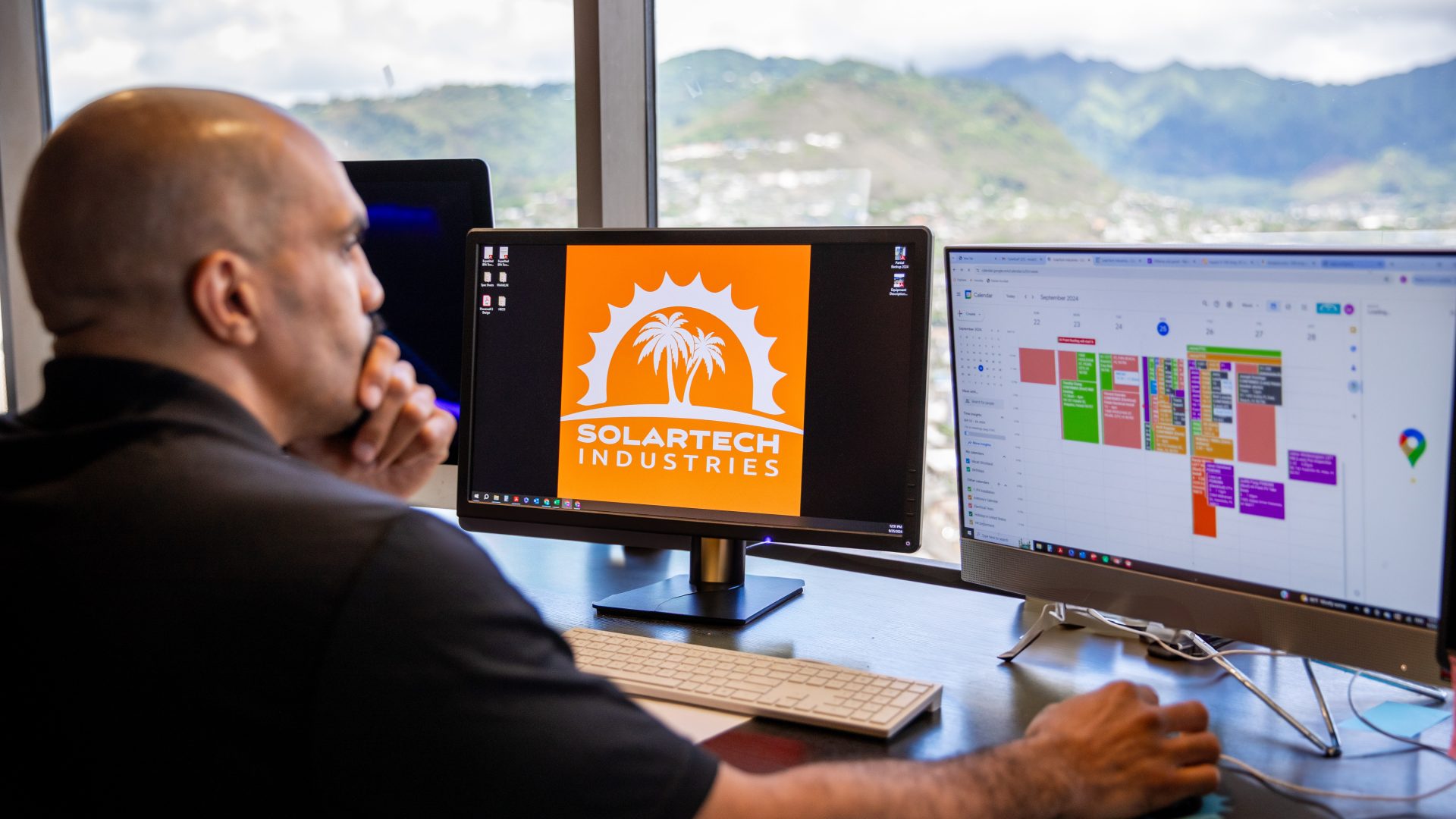Frequently Asked Questions
The primary difference between CGS+ and CSS is what happens with any unused solar production. With CGS+, you may receive a small credit (currently $0.10/kWh) for power that your solar system produces and that is NOT consumed by your home. This is sometimes refered to as ‘feedback’ to the grid. With CSS, there is NO ability to ‘feedback’ any power to the grid. We encourage you to read up on the different HECO programs that are available for solar PV here on Oahu.
Please use the Enphase web-based system estimator tool here to get an estimate of the required system size for your home. At SolarTech we will review your energy needs and lifestyle to help determine the best system size for your home.
Yes, we sure do. We welcome you to jump over to our SolarTech YouTube Channel as we continue to update video examples of solar projects that we have done and are doing here in our Hawaii home.
Be sure to Contact Us for a free and no-obligation site visit to discuss your desire to implement solar and start experiencing energy savings.
The Encharge™ storage system and Enpower™ smart switch are covered with a 10-year limited warranty. IQ™ microinverters are covered by a 25-year limited warranty. You’ll have the peace of mind knowing that every product is manufactured and protected by a single company, Enphase.
